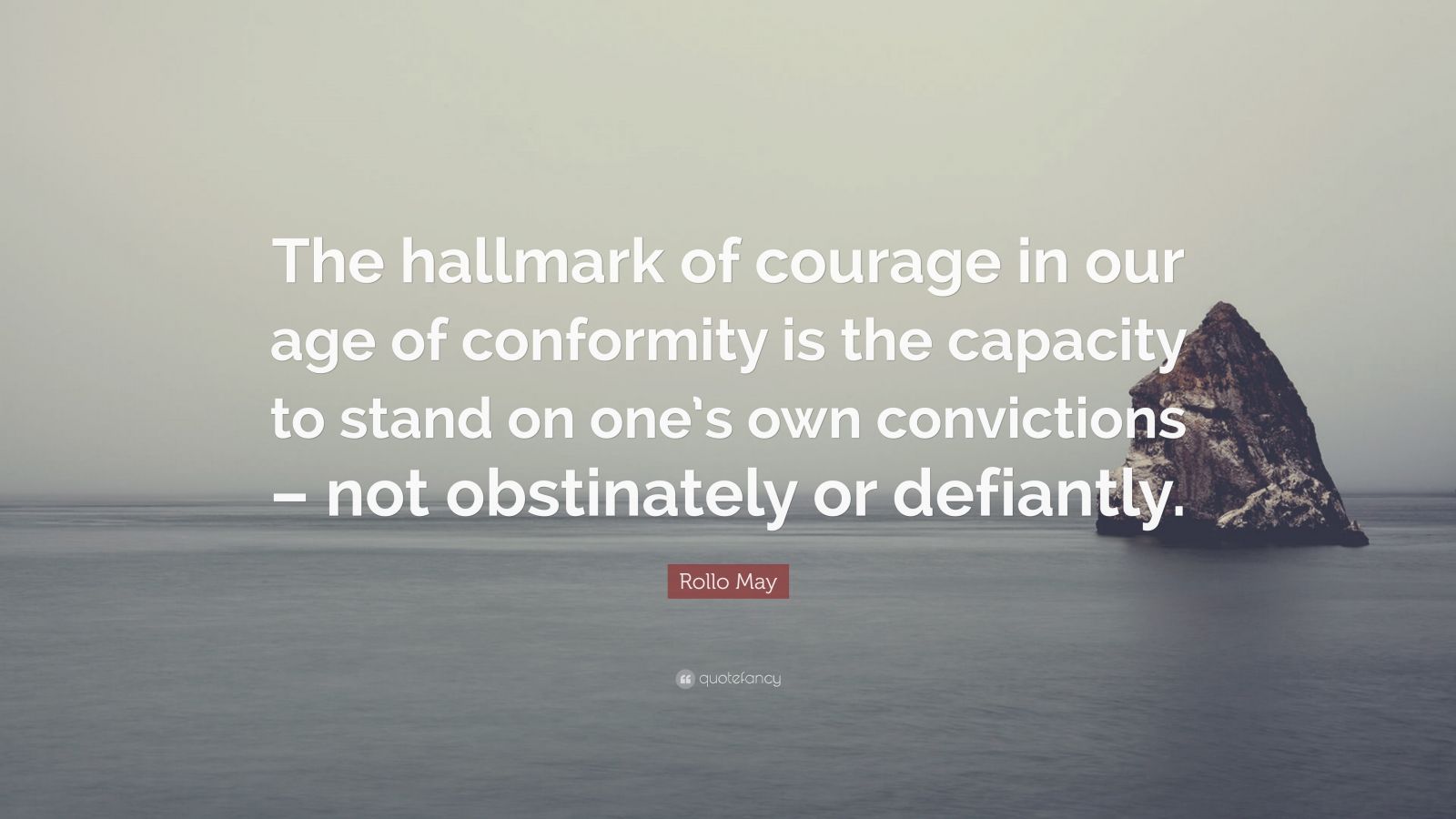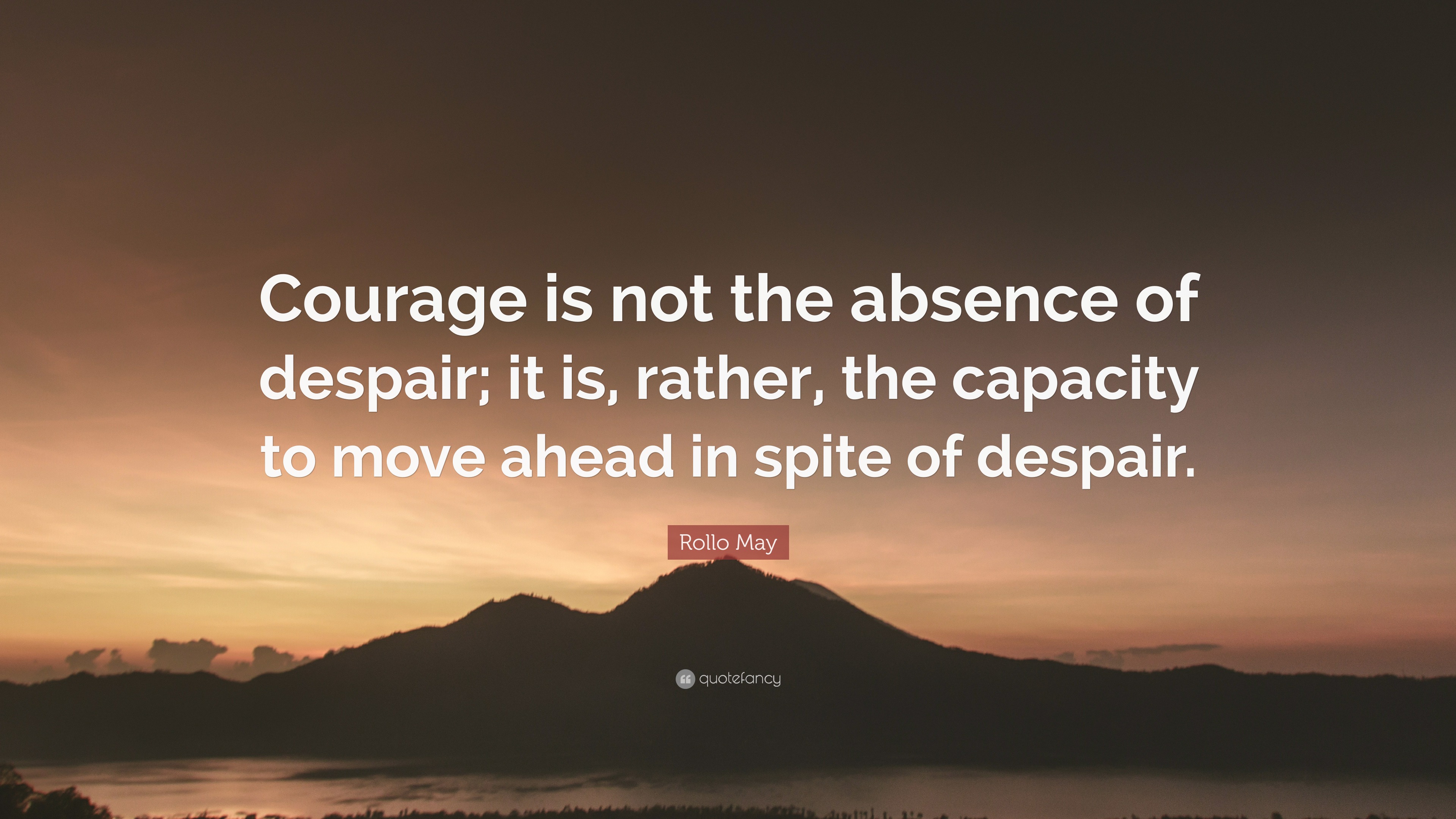


This was a difficult time where, once again, he couldn’t shake off those doubts that led him to need to understand the reason for suffering and daily adversity. Later, after getting his degree, he began a new stage by enrolling at Columbia University to study clinical psychology.ĭuring these years, his work was interrupted by tuberculosis. In this piece of work, he first addressed aspects such as empathy, religion, personality problems, and mental health. In 1939, while studying theology at university, he wrote his first book, The Art of Counseling. Rollo May and the influences on his psychological approach To his surprise, then, he met someone who marked his life and his work: the Protestant theologian and existentialist philosopher Paul Tillich. Besides that, he also wanted to learn why mental illnesses existed and why people suffered from fear, anxiety, and suicidal thoughts. There, he had a very specific goal in mind: understanding the reasoning behind human suffering. For this reason, he decided to go to New York to study theology. However, those acquired knowledge and the experiences he had in Greece planted more doubts than answers in him. However, he had to go back to the United States to look after his siblings. He went to Greece to work and proceeded to take advantage of this time to do research on philosophy and mythology. This wasn’t easy on any of them, since one of the sisters had schizophrenia.Īfter graduating from high school, May decided to temporarily leave his environment behind. For this reason, it was common for all of the siblings to spend much of the day alone, taking care of each other. He was the oldest of six siblings in a broken family. Rollo May was born in Ada, Ohio, in 1909. May, with his pieces of work, offered a new way of seeing human beings and the world. He knew just how to appreciate beauty even in the most adverse situations, as well as the intrinsic power that all difficulties carry. In addition to this, he assisted them in exercising their freedom so that they could get to where they wanted to be and fulfill their purpose. Rollo May helped thousands of people find enough courage within themselves to face their fears and limitations. In fact, he questioned many of Sigmund Freud’s ideas and psychoanalysis as a whole. His best-known works, such as The Meaning of Anxiety, Love and Will, or The Courage to Create, are valuable and revealing examples of this.

Rollo May’s mindset was revolutionary, to say the least. He and other figures, such as Viktor Frankl, endowed psychotherapy with that much needed existential and humanistic approach from which the therapist favors the individual’s strengths, internal resources, and abilities to make better decisions. Among other things, he allowed people to better understand the adverse experiences of human beings. In the world of psychology, Rollo May was a complete innovator.


 0 kommentar(er)
0 kommentar(er)
